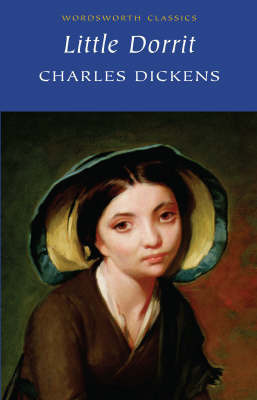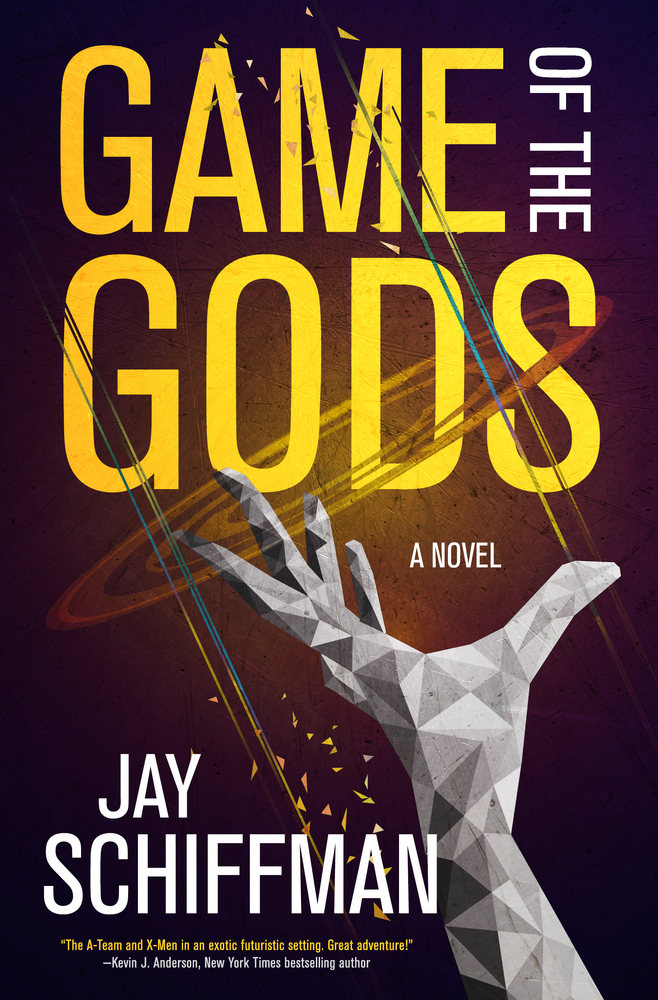[button color=”black” size=”big” link=”http://affiliates.abebooks.com/c/99844/77798/2029?u=http%3A%2F%2Fwww.abebooks.com%2Fservlet%2FSearchResults%3Fisbn%3D9780143035008″ target=”blank” ]Purchase here[/button]
Over the past few years, I have frequently experienced the advantages of having audiobooks in my car while commuting or traveling. In that way I have found time, at last, to take in many great works of literature that I might otherwise have skipped because they were too long, too serious, or too difficult to focus my mind on during the sleepy time of day when I do most of my reading. This is how, for example, I experienced Tolstoy’s masterpiece, War and Peace. And now that my job involves a lot of driving—somewhere around a thousand business miles each month—I have more time than ever to appreciate great books, all without having to heave a hefty tome around. Plus, with a performance by a talented voice actor working in their favor, books that once seemed dry, complex, and hard to understand become altogether clear, interesting, and rich in drama. Even a slow reader like me can get into them.
Such is the case particularly with Anna Karenina. Partly this is down to the vocal talents of Davina Porter, reading for Recorded Books. Partly it’s a difference in the book itself, in contrast to War and Peace. This book is crafted on a much more intimate, personal scale than War and Peace‘s panoramic view of Russian life circa 1812. It’s also a much more contemporary book, set in approximately the era in which it was written. Count Lev Nikolayevich Tolstoy (1828-1910) published it in serial installments between 1873 and 1877—a handful of years after War and Peace and roughly in the center of his long writing career. He wrote it at a turning point in his life, when he turned from the atheism of his young adulthood to a period of intense Christian devotion. He embodies much of himself in one of its main characters (symbolically named Levin, or “Little Lev”), and he turns deep psychological insight, seasoned with compassion, toward a group of key characters who vibrate with believable humanity while at the same time working out for himself troubling questions about religion, politics, economics, sexual morality, manly honor, marital happiness (or unhappiness), and the unique ways all of these impinge on Russian culture.
It is much less a philosophical treatise than War and Peace is. So no worries on that account. It also has a much more concentrated, and so less complicated, cast of characters. Many times during War and Peace, the uninitiated reader can hardly keep his grip on what is going on without a road-map of the characters’ relationships by blood, marriage, and other means. That almost never happens in this book, though like War and Peace, it can pretty much be boiled down to a love story featuring two or three couples: one happy, one not so happy, and one downright tragic.
To understand how these love stories fit together, it is probably best to introduce the not-so-happy couple first. That’s what Tolstoy does, anyway. We first meet the Oblonskys, Stiva and Dolly, at the moment when the love has gone out of their marriage. Dolly has caught Stiva having an affair with their children’s governess, and she is trying to decide whether to leave him when his married sister, Anna Karenina herself, convinces her to forgive him. Stiva and Dolly’s troubled marriage continues to simmer in the background throughout the novel. But while Anna is saving her brother’s marriage, her visit to Moscow has unintended consequences on the happiness of several other people—including, most fatefully, herself. The first person she meets as she descends from the train is a handsome young cavalry officer named Vronsky, who until that moment has been toying with the affections of a debutante named Kitty, who happens to be Dolly’s little sister. It is on Vronsky’s account that Kitty refuses a marriage proposal from a proud country gentleman named Konstantin Levin, and it is on Anna’s account that Kitty suddenly finds herself without any suitor and plunges into despair.
Levin goes back to the country, burying himself in farm business and trying to make peace with the idea that he will never marry. Anna, mortified by what she has done, goes back to St. Petersburg—only to find that Vronsky has followed her. They begin a scandalous love affair, first behind the back of her straight-laced bureaucrat husband, then right under his nose. Karenin proves equally hard to sympathize and hard to despise, as he first seems unable to care about anything but his own reputation and political career (boo!), then suddenly lets his tender side show through and forgives all (aww!). But just as no good deed goes unpunished, Karenin’s kindness only goads his wife into abandoning him and their son and shacking up with Vronsky. The scandal and the resulting social isolation drives Anna to despair, and poisons her relationship with Vronsky; and the interference of some religious enthusiasts, taking advantage of the ruined Karenin’s moral dilemma, drives the stake even deeper into the heart of the Karenin-Vronsky triangle until, inevitably, blood is spilled. I said it was tragedy, didn’t I? That means mental anguish, possible madness, and gruesome death—and all of it foreshadowed from the very first scene in which Anna appears. Take a look. You’ll see what I mean.
The bleakness of the Oblonsky and Karenin/Vronsky affairs would make this book a gruelling experience to live through. Happily, it is lightened by a third love story in which doubt gives way to belief, wounded pride gives way to joy, and an imperfect couple is brought together by mutual forgiveness. The happiness in store for Levin and Kitty is put to a severe test early on, and for some time afterward. As it increasingly shows signs of coming out all right, you cheer for them anxiously, and then with a chuckle of satisfaction. Their story includes one of the most romantic marriage-proposal scenes ever written, supposedly based on the way Tolstoy proposed to his wife. If the tale of Dolly and Stiva leaves a taste of disappointment in your mouth, and that of Anna and Vronsky leads you to doubt that true love can last in this bleak and cruel world, the story of Kostya and Kitty will squeeze tears of tenderness and laughs of delight out of you. And the payoff is all the more rewarding because of the inherent honesty of a romance that doesn’t end with the hero couple deciding to get married, but that sees their marriage through the challenges of their first couple of years together, including the birth of their first child. Unlike the tradition of romantic comedies reaching from Shakespeare’s time to today, this is not a happy ending just by virtue of ending when the couple happens to be happy; and it’s not a happy ending by virtue of denying the possibility of tragedy and disappointment in a story of love and marriage. It’s the type of happy ending that encourages one to think that they, Kostya and Kitty, will be happy together for a long while afterward.
For that to happen convincingly, among all the darker themes and frank realism with which the book is fraught, testifies to Tolstoy’s powers in organizing a complex weave of human drama and moral reflection. Spotters of other signs of literary skill will find many to appreciate, including the foreshadowing that I already mentioned, as well as an interesting theme of dreams enjoyed, or suffered, by main characters at several key points. Adding richness to the texture are Tolstoy’s, or his characters’, observations on political theories and election campaigns, the character of government service, the education of children, the role of peasant labor in Russian agriculture, manly pursuits such as horse racing and snipe shooting, the trouble with religious charlatans and spiritualists, the care of those suffering morbid diseases such as tuberculosis and gambling, and Russia’s intervention in the Serbian revolt against the Turks. All this, plus the interior monologue of a dog, a racehorse’s fate that may cause you to shed tears, a visit to a German spa, unsuccessful attempts at matchmaking and suicide, and a few conversations that may force you to dig out a French phrasebook, add spice and sauce to a main dish with its own strong flavor: romantic love in all its glorious, indifferent, and heartbreaking ramifications.
All this said, the question many MuggleNet readers will want to ask is: “What does this have to do with Harry Potter?” There’s an easy way to answer this, and a hard way. The easy way is to note that if there’s a film adaptation of this book, someone from the Harry Potter film series is bound to be in it. The 2000 British TV series starred Helen McCrory (Draco Malfoy’s mum) in the title role. The 1997 film version had Fiona Shaw (Harry’s Aunt Petunia) in it. The most recent movie, from 2012, featured Domhnall Gleeson (Bill Weasley) as Levin. If you liked them in Harry Potter, you’ll be blown away by what they do in these films. And just as the very best fans of the Harry Potter books and movies strive to appreciate the best in both, so it behooves those who appreciate these Anna Karenina films to deepen their appreciation by reading the book.
The harder answer, though, is probably better. When you read the seven Harry Potter books—especially the very long ones toward the end of the series—you are also preparing to read books like this, and Middlemarch, and David Copperfield, and the like. Long books teeming with vibrant characters and serious themes. Books inviting your mind to experience a world that runs on different rules than the world we know today. Stories whose persons and incidents become the furniture of a mind tuned to culture, and not just pop culture. Books that will keep being made into movies every decade or so, as long as movies continue to be made, because they come to life in one’s mind in a way that each generation longs to express in its own way. This isn’t the type of book that will immediately interest someone who is into Harry Potter. But I am guessing it’s a book that J. K. Rowling has read. It represents a level of writing that she may strive for as she continues to grow as an author. And unless I am mistaken, it is also her hope that many young people who discovered the pleasures of reading good books through Harry Potter, will one day grow in the same direction as readers.



